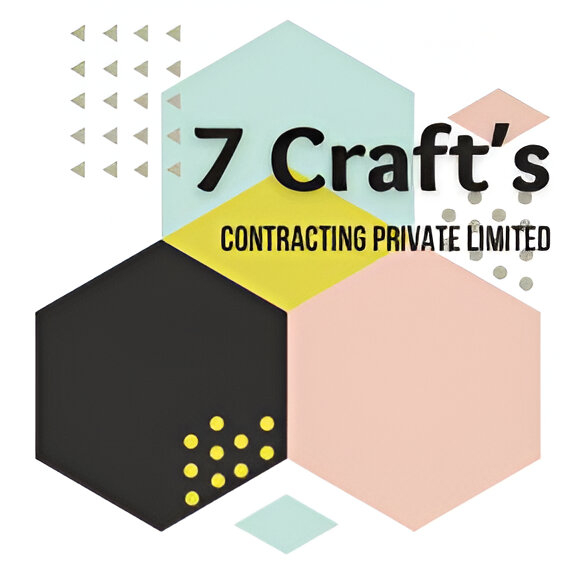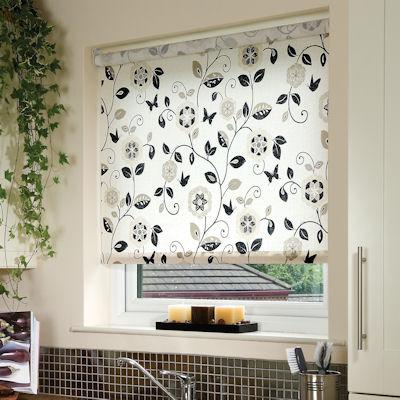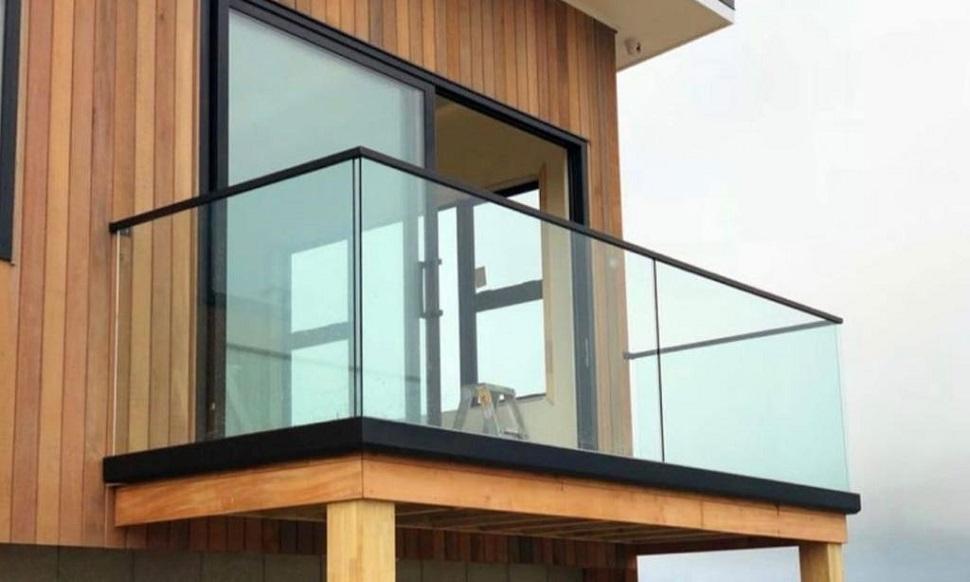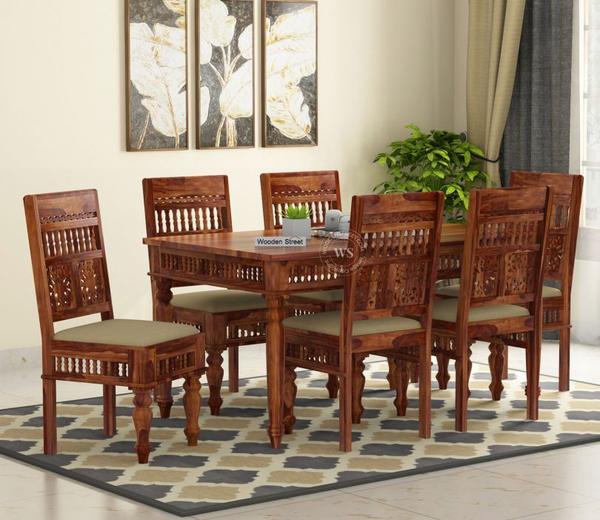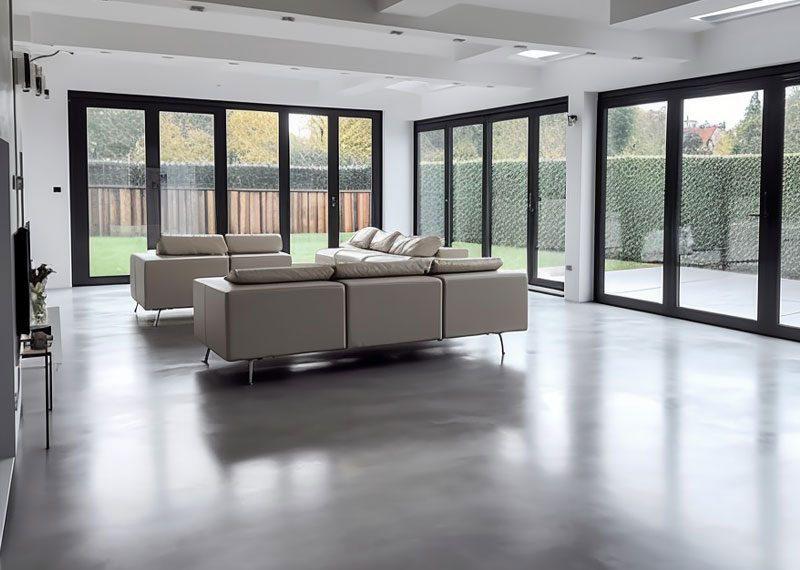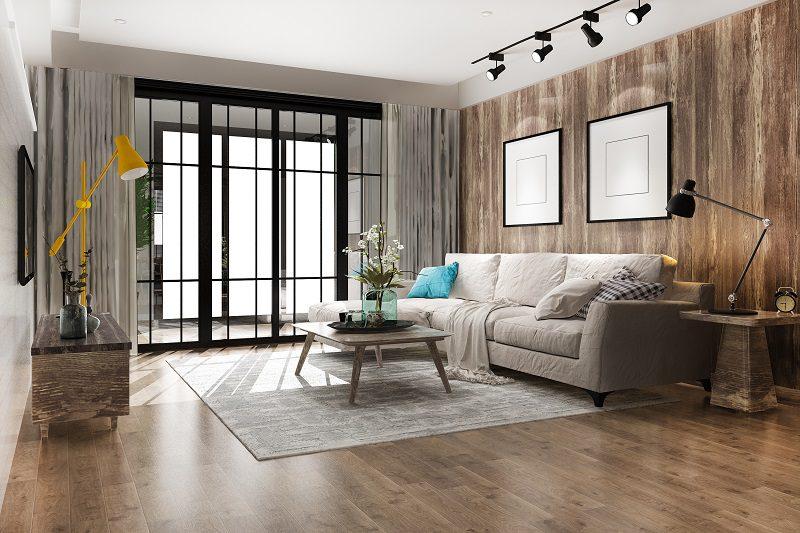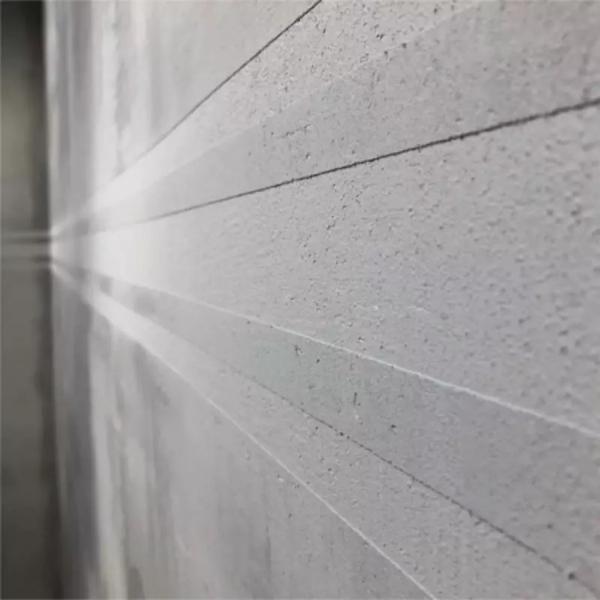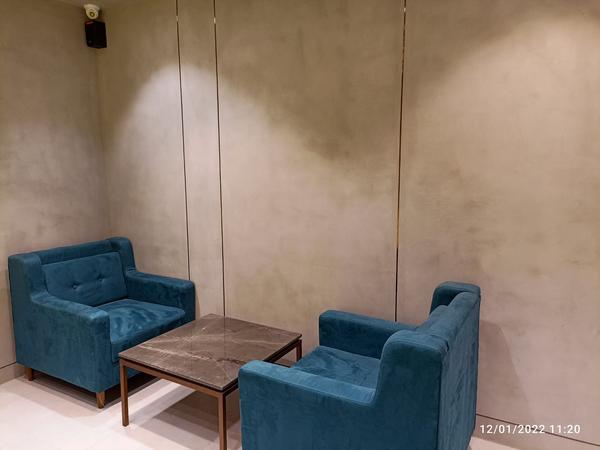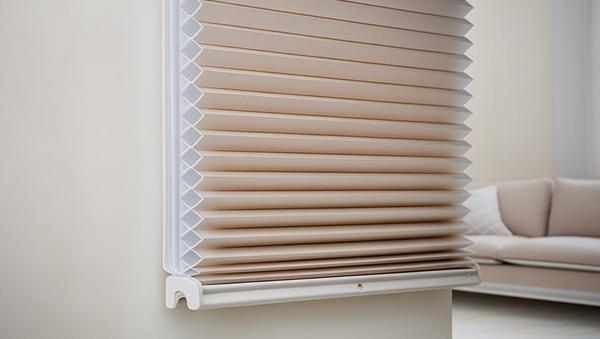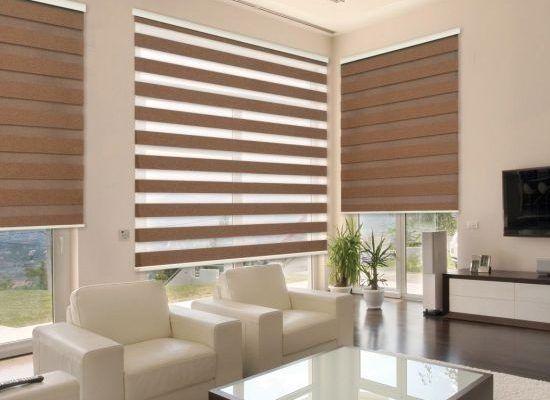Printed blinds are window coverings that feature custom designs, patterns, or images printed directly onto the material. They offer a unique way to personalize your space, with options ranging from subtle patterns to bold, vibrant designs. Printed blinds can be found in various styles, including roller blinds, roman shades, and vertical blinds, and are made from materials like polyester, PVC, or fabric. Types of Printed Blinds: Printed Roller Blinds: These are a popular choice, offering a sleek and modern look, with the design printed on a single piece of fabric that rolls up and down. Printed Roman Shades: These blinds feature a fabric panel that folds up into pleats when raised, offering a more decorative, layered look. Printed Vertical Blinds: These blinds use vertical slats that can be tilted and drawn to the sides, ideal for large windows or sliding glass doors. Materials and Features: Polyester: A durable and versatile material, often used for printed roller blinds, offering good light control and easy maintenance. PVC: A budget-friendly option, often used for printed roller blinds, known for its water resistance and easy cleaning. Fabric: Offers a softer look and feel, often used for printed roman shades, and can be customized with various textures and patterns. Digital Printing: Modern printing techniques allow for high-resolution, vibrant designs on various blind materials, with options for UV and water resistance. Blockout: Some printed blinds, especially roller blinds, are available with a blockout coating to provide complete light blockage for optimal privacy and sleep. Customization and Design: Custom Designs: Printed blinds can be personalized with any image, pattern, or design, allowing for a truly unique and customized window treatment. Thematic Designs: Options range from floral patterns, geometric shapes, and animal prints to children's themes and even custom logos or artwork. Color and Finish: Printed blinds come in a wide array of colors and finishes, allowing you to match your existing decor or create a bold statement.
